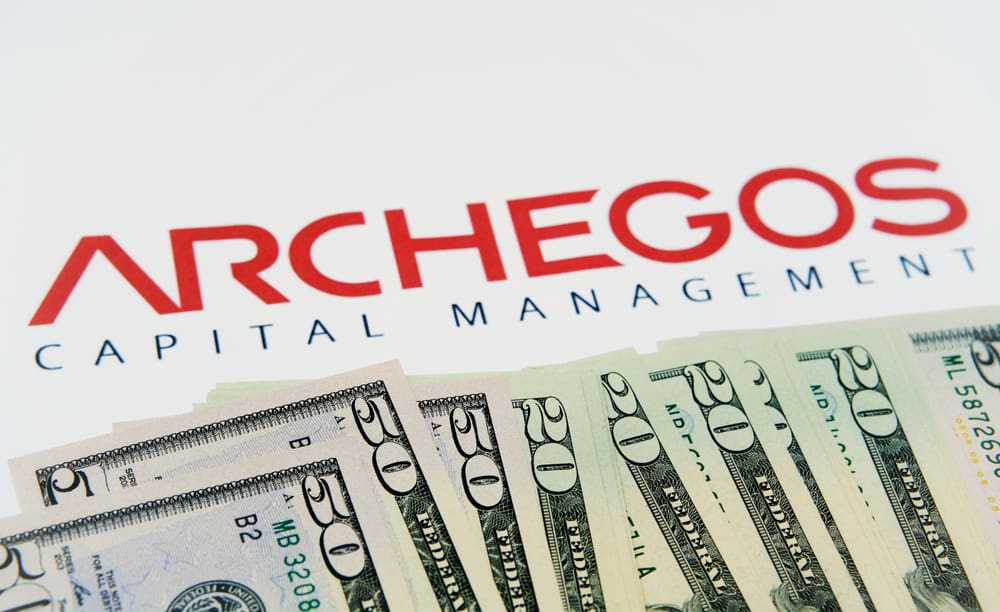Investing is a gamble. No matter what you do, there’s always that risk of losing money. Watch the market closely to pick your investments. Choosing a low-risk stock to invest in while getting the hang of things should help you decide on a higher-risk investment.
We’ve compiled a list of 30 investments people wasted extreme amounts of money to give you an idea of what can be lost. You can check them out more in detail on the Wikipedia list of trading losses page. Keep reading to find out how these people lost their money and ways to avoid doing it yourself. If you think these trading losses are over the top, you can also read some other ways millionaires lost it all.

30. Archegos Capital Management
Archegos Capital Management claimed to be a family business that helped people manage their assets and finance companies worldwide. That wasn’t the case with a man by the name of Bill Hwang, who trusted Archegos Capital Management with his finances. He ended up losing a massive amount of money in 2021 due to total return swaps. Total return swaps provided Mr. Hwang a way to make payments to Archegos for his investments.
Mr. Hwang has had an awful year, losing 10 billion dollars. Hwang is a New York investor based on Wall Street. The Wall Street Journal reported his loss in March, and Mr. Hwang has since lost a total of 20 billion dollars in the stock market since the first report.
